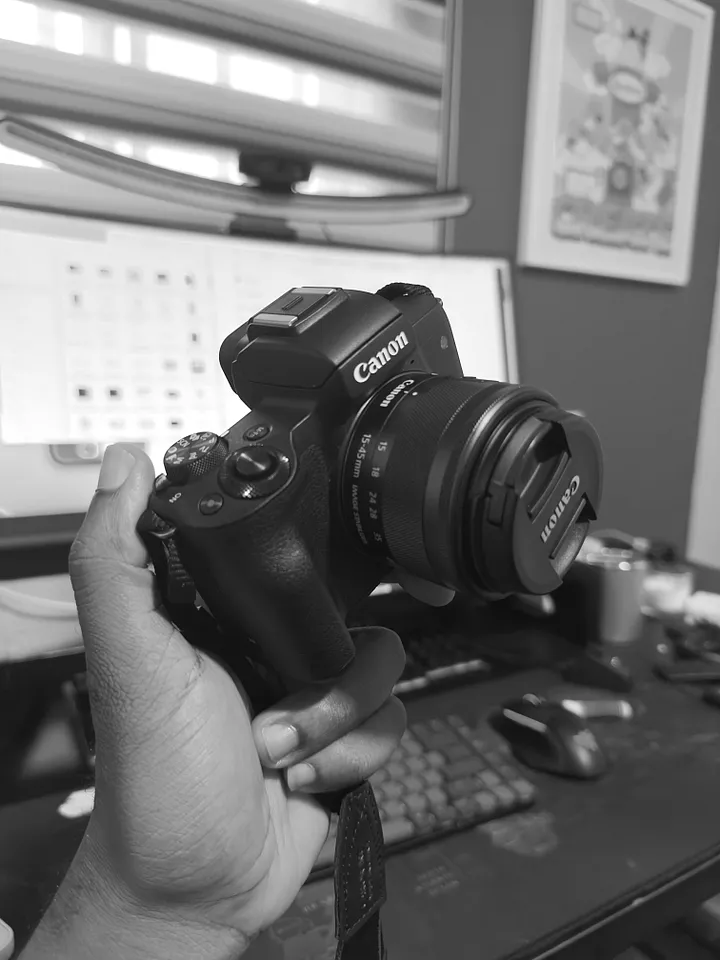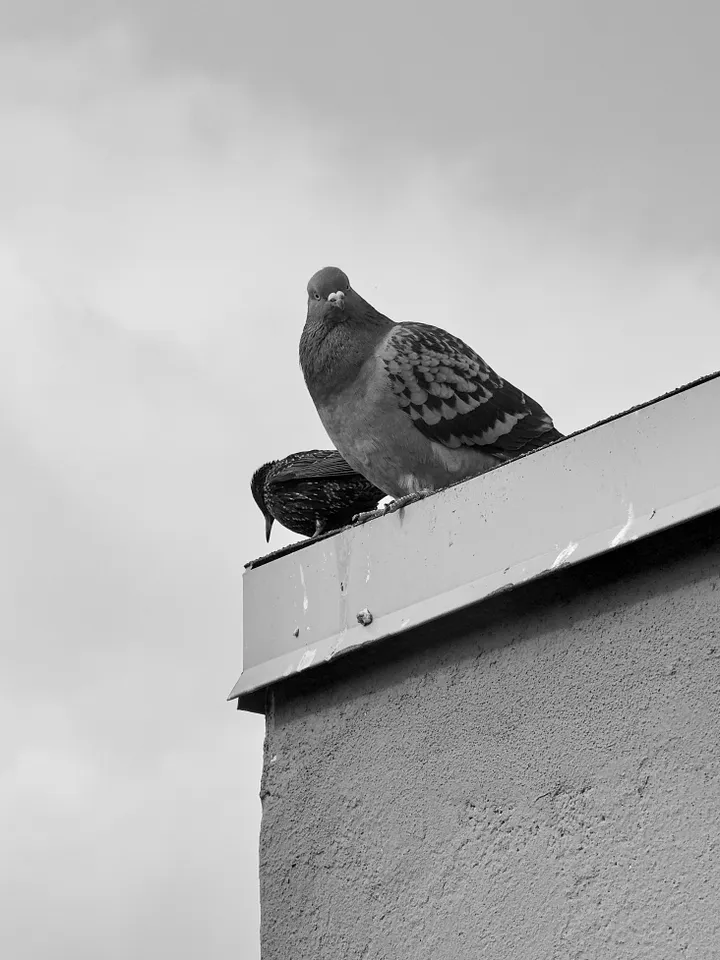Black and white photography has a timeless appeal, often evoking a sense of nostalgia and simplicity. But don't be fooled - capturing striking black and white images requires more than just removing color. One of the most essential techniques in creating stunning black and white photos is understanding and using contrast effectively. Let's dive into how contrast can elevate your monochrome photography and some tips on mastering it.
What is Contrast in Photography?
Contrast refers to the difference between the light and dark areas in a photo. In color photography, contrast can be influenced by different hues, but in black and white photography, it's all about the interaction between light, shadow, and texture. This interplay of brightness can make an image feel dynamic, sharp, and dramatic, or soft and subtle. Why is Contrast Important in Black and White Photography? Without the distraction of color, black and white photos rely heavily on contrast to create depth, highlight important elements, and evoke emotion. High-contrast images have a dramatic look, with strong blacks and whites, while low-contrast images can feel more subdued and calm, with more gradual transitions between shades of gray.

3 Tips to Master Contrast in Black and White Photography
- Focus on Lighting Lighting is crucial in determining the contrast of a black and white image. Harsh, direct light (like midday sun) creates deep shadows and bright highlights, producing high contrast. On the other hand, softer light, such as during golden hour or on an overcast day, results in a more subtle, low-contrast image. Tip: Use natural light to your advantage. If you want dramatic, high-contrast shots, position your subject to create bold shadows and bright highlights. For a softer look, shoot in diffused light.
- Look for Texture and Patterns Textures and patterns come to life in black and white photography. Materials like wood, fabric, or stone have natural textures that can be enhanced with the right contrast. Patterns, such as repeating shapes or lines, become even more noticeable in monochrome. Tip: Get close to your subject and pay attention to surfaces and details that might go unnoticed in color. The more texture your subject has, the more depth and character your black and white image will have.
- Edit with Intention Post-processing plays a big role in enhancing or adjusting contrast. With apps like Blark, you can fine-tune your images by adjusting exposure, highlights, and shadows to bring out the best contrast for your shot. Whether you're aiming for a punchy, high-contrast effect or a moody, softer tone, tweaking these elements in post can take your photo to the next level. Tip: Be careful not to over-edit. While boosting contrast can make an image pop, going too far can lose important details and lead to an unnatural look. Make small, deliberate adjustments to enhance the natural light and shadow interplay in your shot.

Conclusion: The Art of Seeing in Black and White
To truly master black and white photography, you need to train your eye to see the world differently. Without the distraction of color, every light source, shadow, texture, and pattern becomes a key component of your composition. Contrast is your best friend in this monochrome world - it adds depth, drama, and emotion to your images. So next time you're out with your camera or using the Blark app, take a moment to observe how light interacts with your surroundings. By experimenting with contrast, you can transform ordinary scenes into extraordinary black-and-white works of art. Start experimenting with contrast today!




